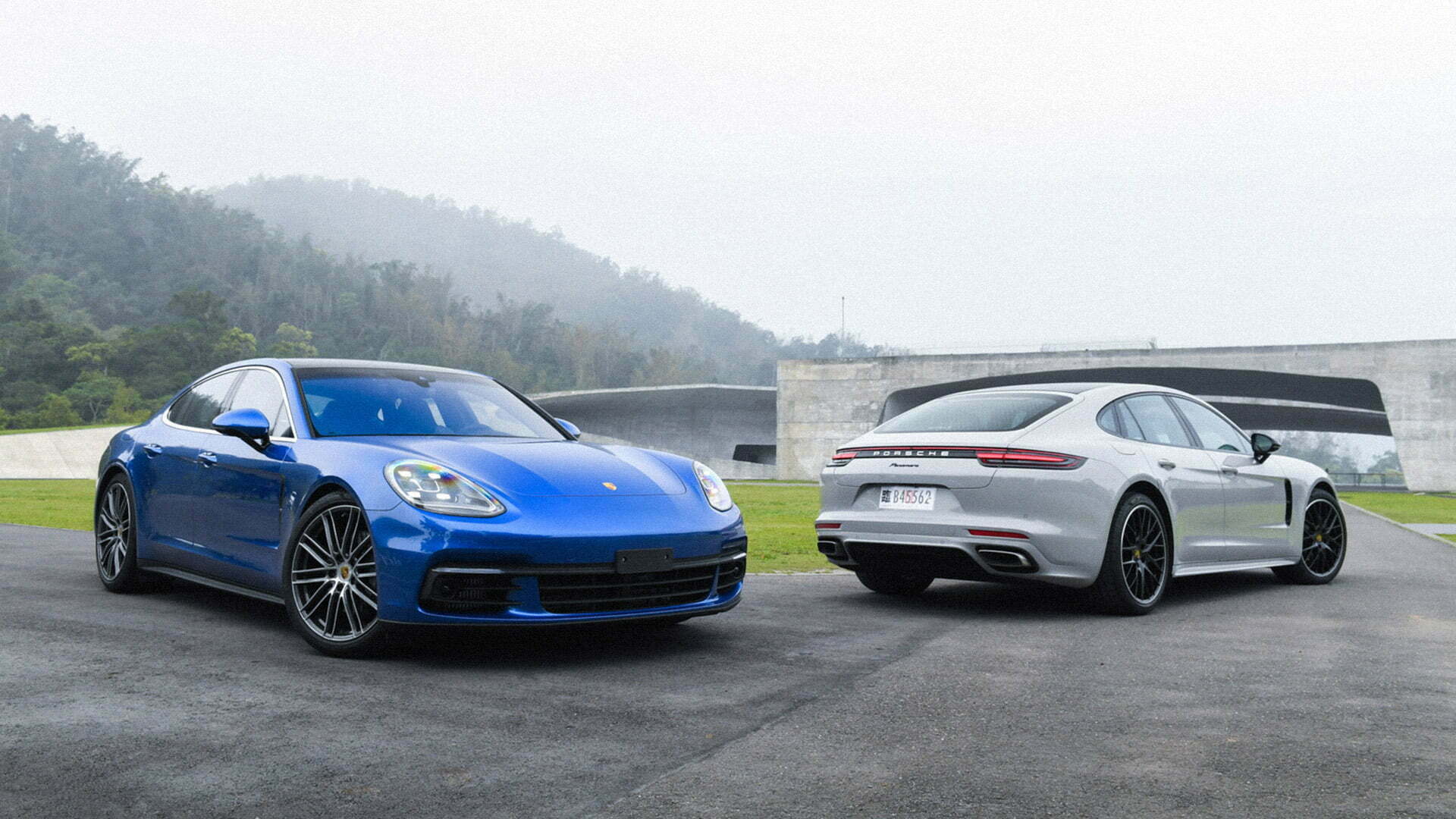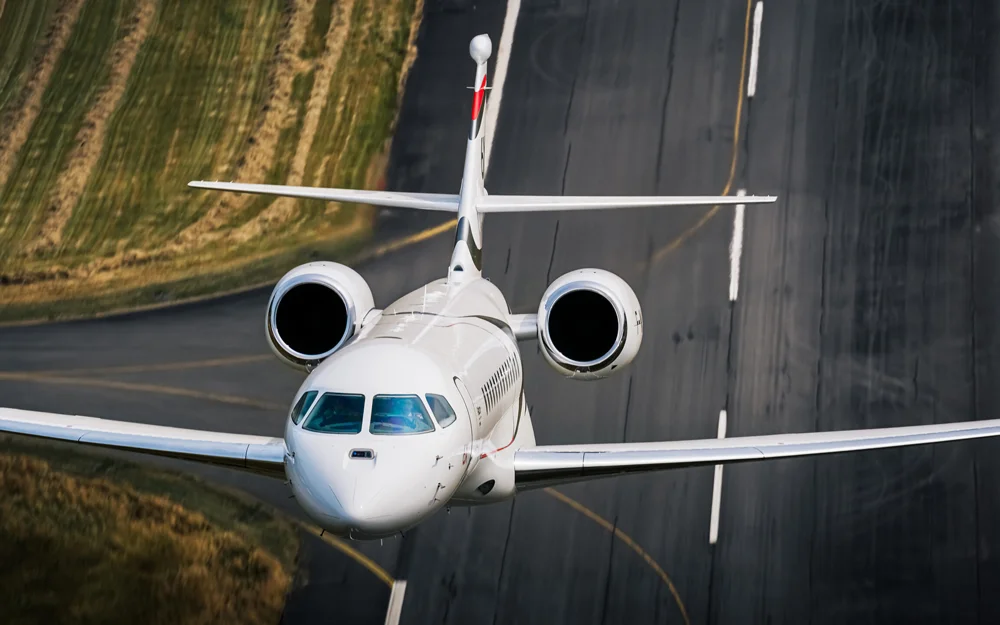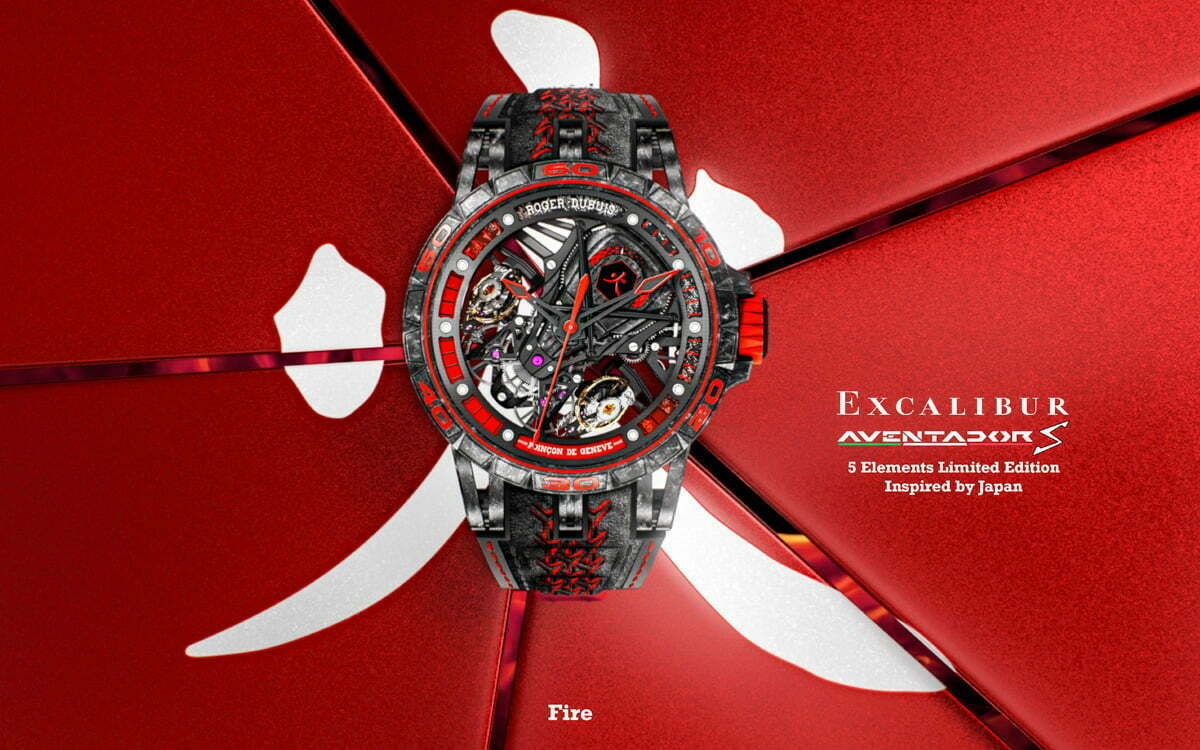
Four Seats, But It’s All About Sports
The new Panamera reminds of how much I loved its older sibling (Oh how the older GTS planted more hairs on my chest, I’ll never forget that), and today, the updated sculpture brings it so much closer to a 911-inducing piece of art. And it promises today more than yesterday that it is built for Drivers. Weighing almost 2 tons, with slightly more width and length, the new Panamera is a long car but it doesn’t feel like it, at all. With agility similar to that of a short wheelbase sportscar, the Panamera was sharp and precise through the curvaceous roads of Sun Moon Lake and yet maintained its elegance. The island’s snakelike roads are akin to Penang’s Ferringhi route except it’s a tad bit narrower coupled with crazy bus and truck drivers hogging it, hence the dramatic commentary earlier.
The Panamera 4S tackled corners flat in Sports Plus and thanks to the optional rear wheel steering which clearly made it bloody easy to manuveour B roads. Powering this four-door, four-wheel drive sportscar is a twin turbo V6 instead of a V8, producing 440 hp and 550 Nm of torque. As we drove around Taiwan’s famous lake, the 4S was definitely the Panamera to be tucked into as it packed more power, came with aforementioned rear wheel steering and throaty rumbles from its exhaust.
Before the Panamera was introduced to the public in 2009, 911 lovers had visualized the rear of the sports saloon and it had to be sleek, like the curvaceous and perfectly slopping rear of the 911. Obviously this hasn’t come to pass until today. Today the German pencil to craft artists have successfully infused the last bit of Porsche DNA that was missing from the Panamera – they have now taken the best of its past and created a fantastic future for itself. How could you turn your head away from a beautiful rear like that?
It’s definitely a cockpit of the future – 40% of the buttons have vanished, replaced on the large display. It really is a one screen does it all, and once you’re acclimatized to the new interface, it’s easier than ever to communicate with PCM through the beautifully fitted 12.3″ high-resolution, super responsive display. Porsche’s Communication Management is more customizable than ever. It allows the user to drag and drop favourite options and selectors onto the screen, including Driving mode selectors, spoiler button, auto start/stop button which all respond to touch, and comes equipped with real time traffic indo, weather info, Google earth and even allows you to transfer apps from your iPhone to PCM.
Porsche did such a great job with user experience, they decided to show off a little by letting you operate and angle the central air-cond vent digitally, through PCM. A few essential buttons that respond to touch remain on the centre console under the black glass-like panel. They light up, respond with haptic feedback, and disappear when the Panamera goes to sleep.One new feature is worth a paragraph, and that’s Porsche’s INNO drive. In short, it puts the smart in sportscar by thinking few steps ahead for the car and driver.
The intelligent system analyses route data and traffic info and uses the information to save fuel, and allow more fluid and predictable driving within a flow of traffic.The back seats, well they’re business class – no doubt. Plenty of room with the standard two-seat design and, passengers are connected to the Panamera through the rear centre display, like air cond temperature and vehicle info. But it’s funny isn’t it? The Porsche Panamera is a four-door car, but no one cares about its full potential rear seats because all the fun is mostly found in front. Every single person that I know who has experienced the Panamera speaks about two things – 1) how it’s such a beautiful sculpture, 2) how it’s an absolutely brilliant Sportscar.
And in fact, if The Grid were to name one car that would be the best four-door sports saloon in the world – uttering the words Porsche Panamera would be the easiest thing to do.
































